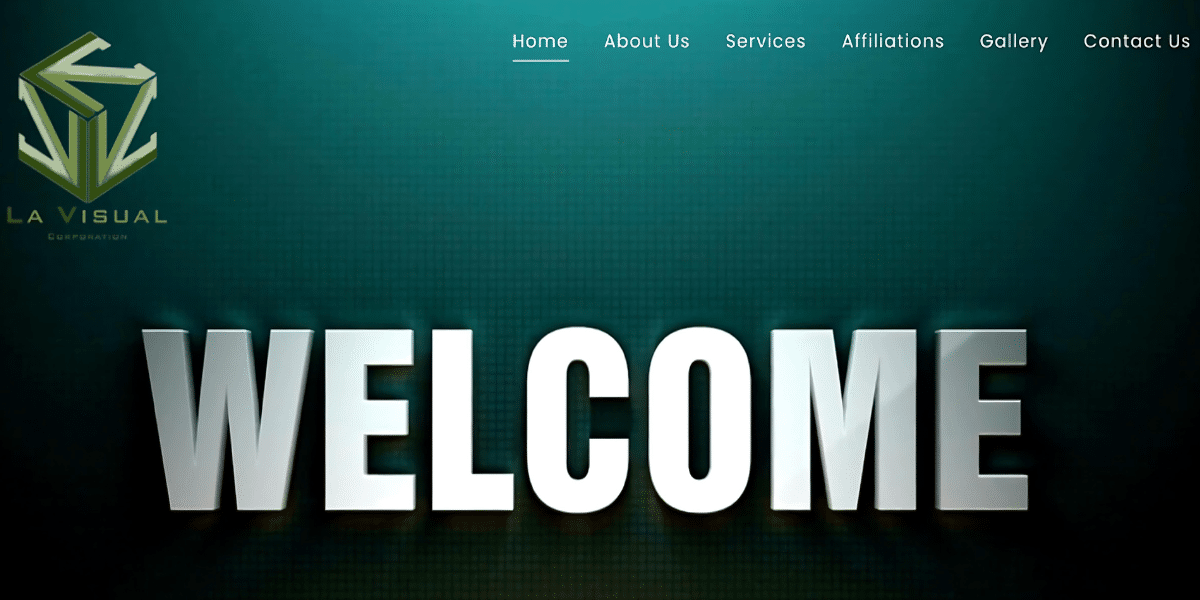Economic theories, like fashion trends, go through their periods of popularity, fall out of favor, and sometimes even get a stylish revival with a few modern tweaks. From obsessing over gold bars to debating the role of government in the economy, let’s take a whirlwind tour through the ages of economic thought.
Mercantilism: Hoarding the Gold
Picture this: European empires, obsessed with gleaming piles of gold, are playing a high-stakes game of economic Monopoly. They think the more treasure they hoard, the more powerful they become. This means exporting like crazy – sell your cloth, your timber, your spices – anything to get foreign buyers to cough up those precious coins. Buying stuff from other countries? No way, that’s money wasted!
Colonies were essential for mercantilists. Think of them as giant resource treasure chests, providing raw materials for the mother country to turn into goods for export. The colonies themselves weren’t allowed to trade freely, ensuring all the profits flowed back to the empire. It was a one-way street designed to maximize gold and silver accumulation.
This obsession with trade surplus didn’t exactly make for warm friendships in the global marketplace. Mercantilist empires were constantly squabbling over who got to sell what to whom. It led to trade wars, actual wars, and a growing sense that this wasn’t a sustainable way to run the world economy. Enter Adam Smith and his fellow critics, arguing that all this government control was actually stifling growth instead of generating lasting wealth.
Classical Economics: Enter the Invisible Hand
Adam Smith and his classical economics crew were the champions of economic freedom. Their message? Let business owners and eager customers do their thing, and the market will sort itself out. Need more bread? Bakers, sensing a profit opportunity, will bake more. Too many fancy hats on the market? Prices will drop, hatmakers will switch to making something more in demand. It sounds almost magically efficient.
The beauty of this, Smith argued, was that everyone pursuing their self-interest actually benefited society as a whole. That butcher, that baker, they weren’t driven by charity; they wanted to make money. But their actions, guided by the “invisible hand” of the market, ensured people got the goods they needed. Governments with their rules and meddling just mucked things up.
Naturally, this “hands-off” approach was a hit with the wealthy and those eager to make their fortunes unfettered by regulations. Classical economics promised that letting the market do its thing would lead to prosperity and efficiency. However, not everyone was buying this rosy picture, especially when hard times hit. Workers toiling in miserable conditions while those at the top got richer raised serious questions about the fairness of this so-called self-regulating, harmonious free market.
Keynesian Economics: Governments Get Involved
The Great Depression was a massive economic punch in the gut. Businesses collapsed, people lost their jobs, and it seemed like the free market, left to its own devices, was spiraling into a bottomless pit. Classical economists were at a loss – their laissez-faire theories offered little help amidst such widespread misery.
Then along came John Maynard Keynes with a radical proposition: if the private sector won’t spend during a crisis, the government has to step up. Forget waiting for the invisible hand to miraculously fix things. Start building bridges, invest in infrastructure, even if it means running a deficit. Get people back to work, put money in their pockets, and spark enough demand to jumpstart that stalled economic engine.
This was a direct challenge to the “hands-off” gospel of classical economics. Keynes argued that yes, the market had impressive powers, but it wasn’t infallible. Booms inevitably led to busts, and sometimes, the only way to avoid total economic catastrophe was for the government to pull some levers, regulate things, and smooth out the ride. His ideas sparked fierce debates but ultimately transformed how many governments and economists view their role in managing the ups and downs of a modern economy.
Monetarism: It’s All About the Money Supply
After decades of Keynesian influence, where governments tinkered with spending to manage the economy, a new economic maverick arrived – Milton Friedman. He and his monetarist school of thought pinned the blame for economic woes – especially inflation – squarely on one culprit: too much money sloshing around in the system.
For the monetarists, it was simple: if you pumped the economy full of cash, prices would inevitably rise. The solution? Central banks (those institutions that manage a nation’s money supply) needed to act like strict nannies, carefully controlling the amount of money circulating to keep inflation in check. They were less concerned about unemployment figures and more obsessed with maintaining a stable currency.
This was music to the ears of those tired of what they saw as government overreach. Monetarism offered a vision of economic policy focused on less spending, less intervention, and more faith in the ability of the market to regulate itself if central bankers just kept that money supply under tight control. Think of it as the economic equivalent of a strict diet, promising a healthier economy in the long run, even if it required some short-term sacrifices.
Today’s economic landscape is messy. No single theory dominates like in the good ol’ days. We’ve got bits of Keynesian interventionism when things get rocky, attempts to control money supply inspired by monetarism, and a lingering belief in free markets thanks to classical economics.
New theories and schools of thought continually emerge: behavioral economics, which dives into the irrational ways humans actually make economic decisions, or ecological economics, focusing on the relationship between our economic system and the finite resources of our planet.
Economic theories are born from their time. Times of crisis lead to demands for radical solutions; periods of prosperity may breed complacency until the next bubble bursts. How much should the government intervene? What is the best way to ensure both growth and economic equity? These questions remain as hotly debated as ever.
The evolution of economic theories proves one thing: there’s no single eternally correct answer when it comes to the complexities of how we produce, distribute, and consume wealth. Economic theories provide tools, not gospel truths. As the world changes, our economic thinking needs to be adaptable and open to the possibility that the next great economic paradigm might be just around the evolutionary corner.









